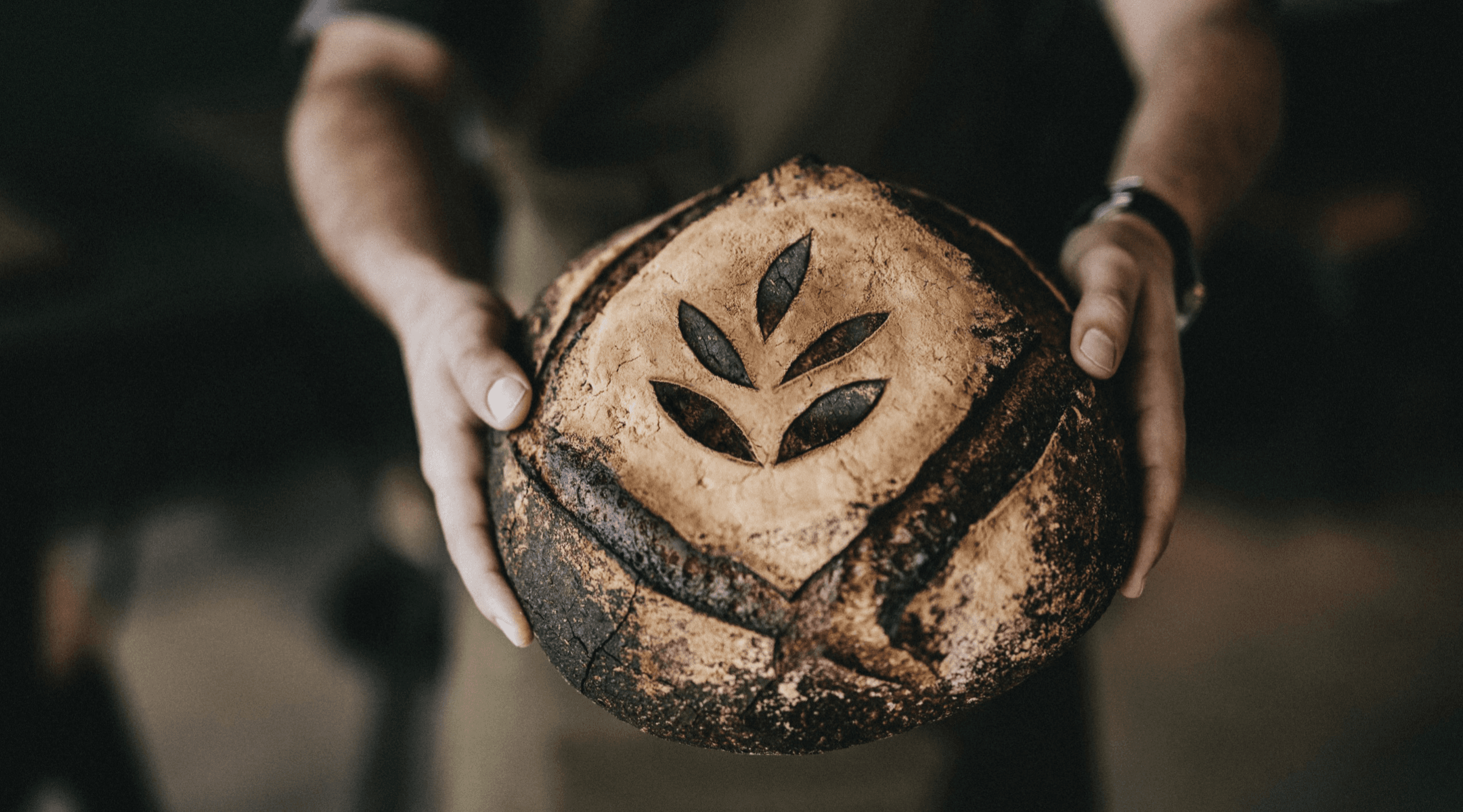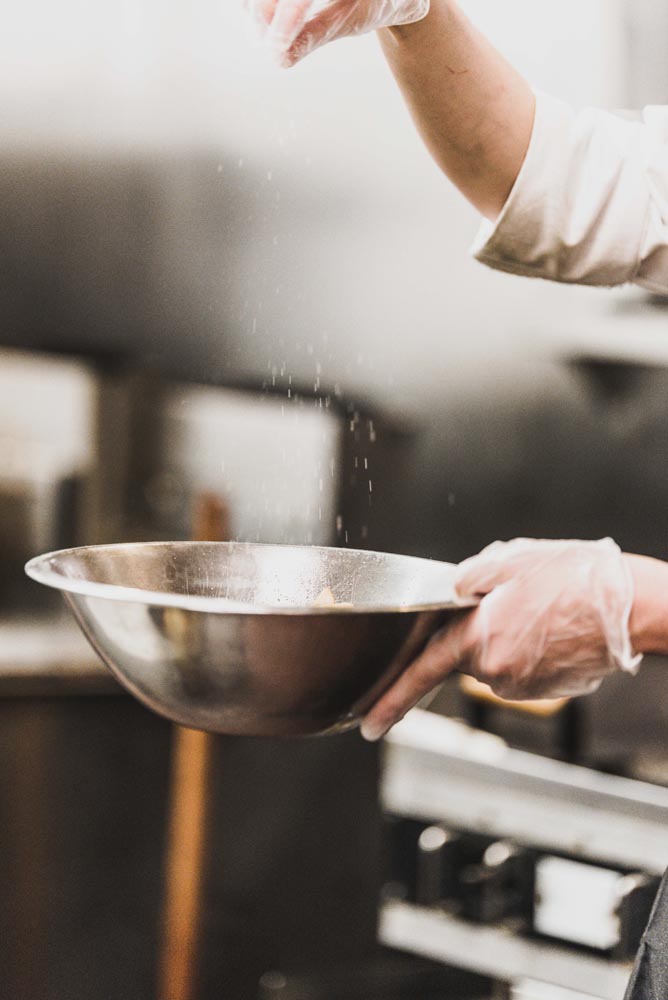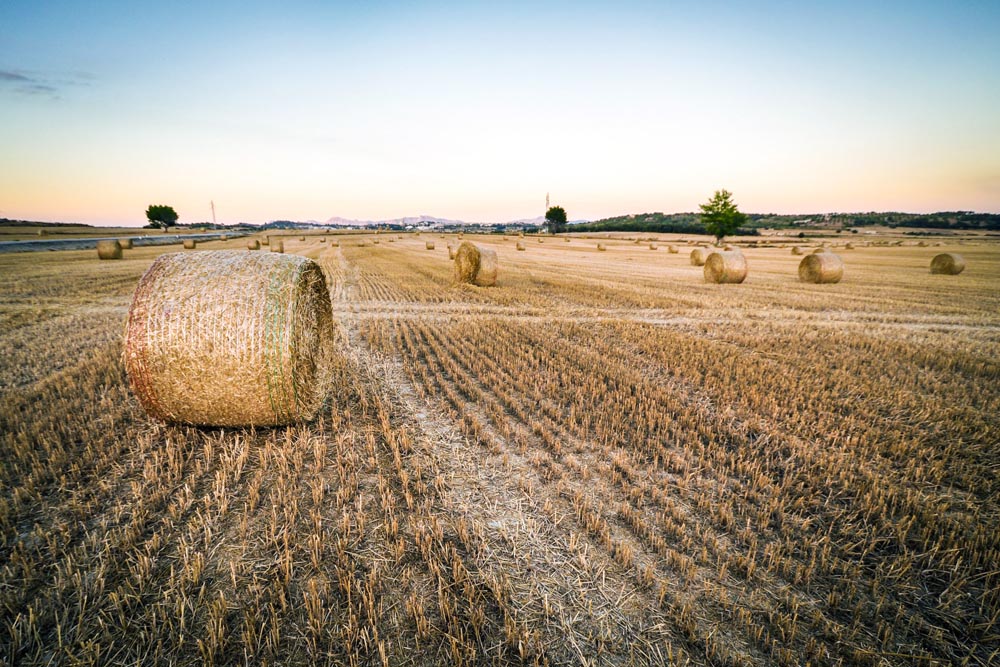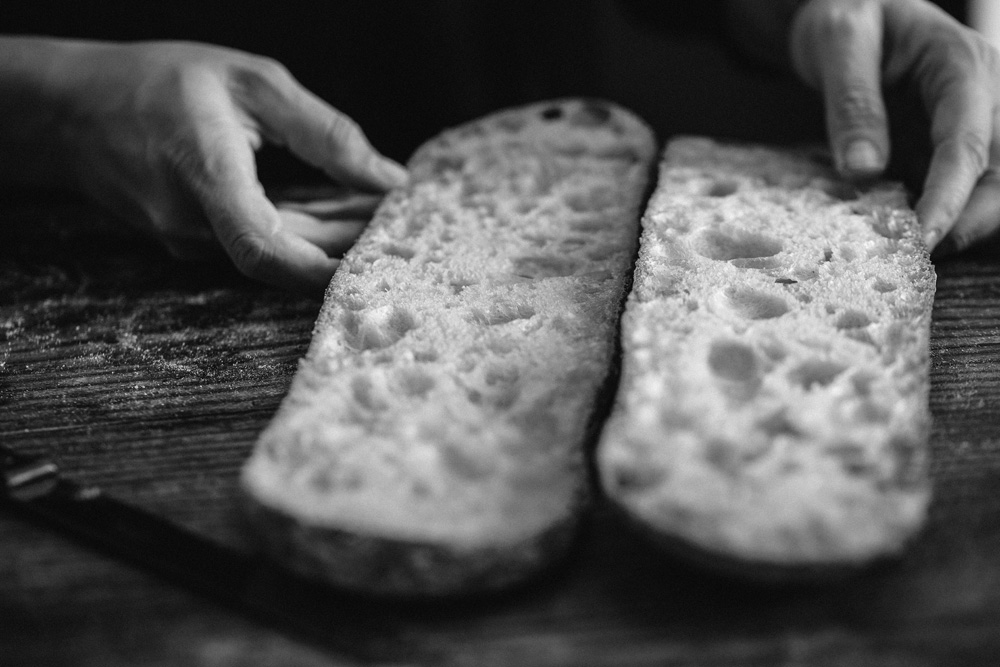We are the ones who rise early to share our passion with the world. With one eye on the past and one on the future, we are reinventing bakery culture.
+More info


“Europastry is a global company with a startup mindset. We are primarily bakers eager to transform bakery as we know it.”
Our approach to business,
to life.

If it doesn’t challenge us, it won’t change us.

Our evolution has always been connected with daring to dream about new ways of making things happen in the traditional bakery industry. Change is in our DNA. Innovation is at our core. Our attitude is audacious and brave. Challenges are our daily bread.
We are Brave.
Respecting and honoring the tradition and craft of baking is, along with our curious spirit and never-ending search for innovation, the foundation of all our work.
We are Bakers.
Earth,
People

Sustainability
All the actors in the food chain have to collaborate and do their part to ensure that the planet is inhabitable for our children. What will future generations say about us if we go beyond the point of no return when we still have the means to avoid it? Together with our suppliers and customers, we want to lead this change.
Ideas,
knowledge

Innovation
We are bakers 2.0. We're passionate about sharing our vision of baking through innovation. It's our driving force, it’s what allows us to explore new paths and to revolutionize our world.
Discover why Europastry takes innovation to the next level and works relentlessly everyday mixing tradition and innovation.
+More info